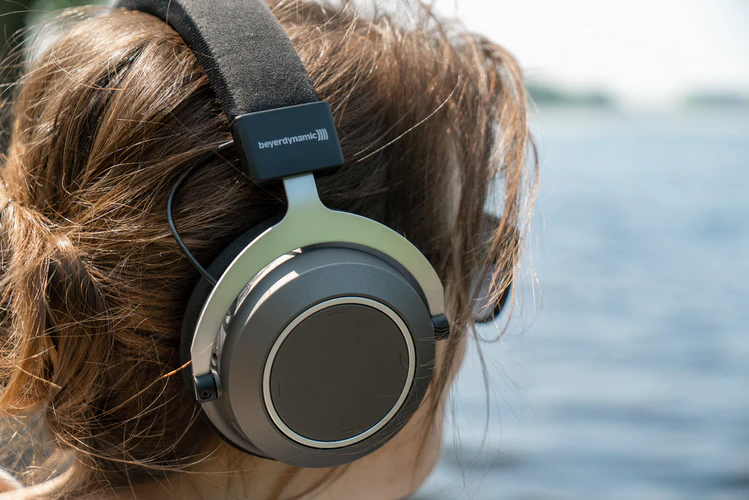When packing the tool bag for live sound gigs, the first item should be quality headphones that allow checking audio signals, provide a reference sound to which the house system can be calibrated, and to even potentially mix the show.
A hundred different engineers will choose a hundred different models that they prefer; however, all quality headphones meet the same criteria and tick the same boxes. Particularly with added downtime at present, you may be rethinking your current choice and maybe investigating a change. If so, here are some aspects of headphones to keep in mind.
Cup Type
Over-ear headphones are divided into three major categories based on the design of the cups. The closed type has full cups that provide maximum containment of sound leakage into the environment. For that reason they’re commonly used in studios during the recording process, since there’s concern about the monitoring signal being picked up by sensitive microphones. On the downside, they’re not the most detailed because sound pressure can build up in the earpiece and cause sonic anomalies and increased pressure to the very sensitive human hearing apparatus.
The semi-open type has small openings in the back of the cup that provides some relief to the buildup, but at the cost of increasing the level of sound emanating from the headphones into their surroundings. The open type disregards the sound pollution issue and focuses on providing the most detailed sonic experience for the user. They’re usually used by producers and engineers in the sound design and mix process for best possible results.
In live sound, however, we’re more concerned with keeping sound pollution from entering than escaping. When working in very loud environments, the best way of hearing details is to have the maximum possible isolation. It’s the only thing that actually enables us to hear anything clearly without having to run the headphones at levels that can negatively impact our hearing. So, in this regard, the obvious choice is to go with the closed type.
Cup Size
Staying on the topic of isolation of ambient sounds from entering the listening environment, the cup size should be such that allows for complete covering of the outer ears – they should be able to fit into the cushion. The cushion should also provide the best seal possible to help with increased isolation.
Compare that to smaller cup sizes that sit on top of the ears rather than around them. The irregularly shaped surface of the ear makes it impossible to have a solid seal, greatly reducing their ability to isolate from outside sound, forcing the use of higher levels and therefore increasing the danger of hearing damage, not to mention the loss of detail of the monitored signal.

There’s also a comfort issue. For the headphones to truly make a meaningful contribution in live sound work, they have to become reference headphones – a known and reliable sonic print that’s a baseline for all sonic decisions made down the line. They can only get to that level by using them a lot, listening to reference tracks, mixes, source signals, even test signals like pink noise. But having a pair of headphones crushing the earlobes for hours on end becomes extremely uncomfortable, so choosing a cup size that’s comfortable and seals well is paramount.
Also on the subject of cushions, make sure they can be easily replaced, because they’re most likely to be torn or worn out first and will have to be replaced.
Impedance
Even if the headphones provide excellent isolation, using them in extremely loud environments will mean that they may often have to be quite loud. They will also need to achieve adequate levels for monitoring even when driven by headphone preamps that are built into consoles. Those preamps can be quite basic, due to spatial restrictions and frequently aren’t equipped to offer enough “juice” to run headphones with high impedance values at levels that can overcome the ambient noise of a loud show.
So, the only choice is to use headphones with lower impedance, realizing this usually results in sacrificing a bit of detail because of that. Aiming at values up to 50 ohms is usually a safe region for models that can be used with just about any mixing board in any live sound environment.
I’ve worked with engineers that also deploy a dedicated preamp with high-impedance headphones, but this is a matter of choice and sometimes comes down to how much space is available in the shipping case and what the individual considers to be the best use of that space.















